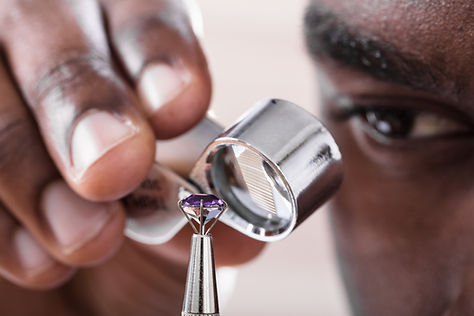After years of working with gemstones both in personal use and for treating others, I am able to share a few important observations regarding their effects. The first and probably the most important of these is their significant ability to cause harm to the wearer, which has ironically proven their effectiveness to many a sceptic far more than what would have been achieved with any sort of positive effects.
When it comes to their ability to heal (or at least assist in healing) injuries and diseases, I was able to observe on different occasions both a direct effect on the healing process and “coincidences” which assisted recovery such as faster doctor appointments or even faster appearance of transplant donors. In addition, while at first I thought that their role would be an aid such as glasses or a pacemaker, over time it became quite clear that gemstones help to solve the problem and not just treat or mask it.
When it comes to their effects beyond the medical realm, here too I was able to witness quite a few surprises. After all, who would have thought that a tiny stone, only a few millimeters in size, is capable of causing quarrels, loss of jobs, accidents and injuries, while another tiny stone could save people from all of these time and again. It would of course be impossible to prove in any way that it was the gemstone that somehow affected the events in question, but the timing (in some cases a few hours or days) certainly supports its involvement.
Despite all of the above, I was able to observe several drawbacks regarding gemstones which are worth considering. For example, sometimes the gemstone that is able to solve one problem would at the same time cause another, making it unusable. In addition, the need to wear a ring or a necklace containing the gemstone can sometimes interfere with everyday activity. Another thing to consider is the fact that in certain cases gemstones become inert, for example after flying in pressurized aircraft, and require prolonged soaking in water to recover their effects. These issues restrict their usefulness in certain professions. Another thing to note is that gemstones should never be worn in cemeteries or when in contact with the dead, and such activities would even require burying the stone as it becomes unsuitable for use.
To conclude, the information outlined here is not supported by modern science and is meant for educational purposes only. If you wish to use gemstones as therapy I would highly recommend trying everything that modern medicine has to offer beforehand.












.jpg)




















